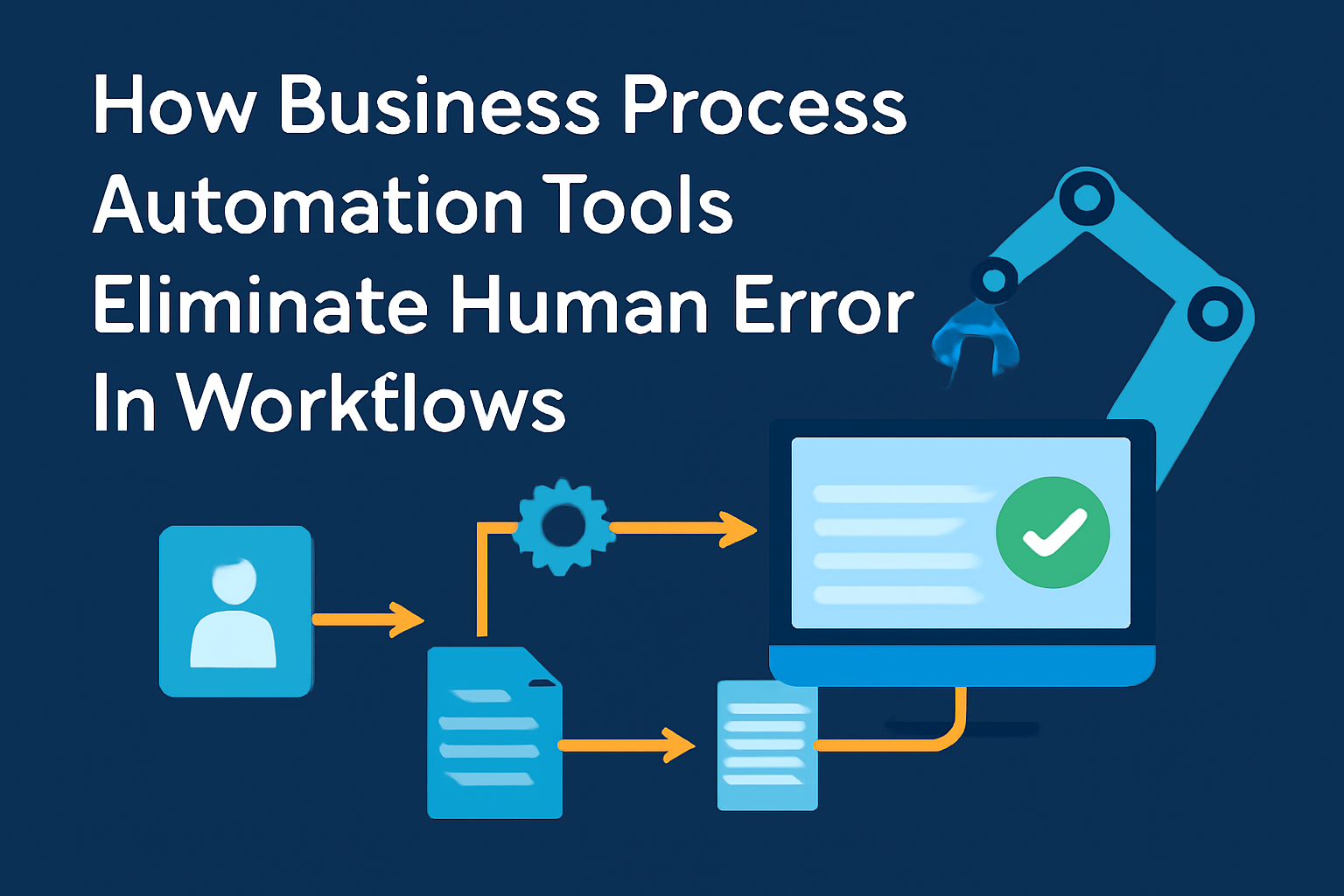
The world of software development is undergoing a significant transformation. Traditionally the domain of highly skilled programmers writing complex lines of code, application creation is becoming increasingly accessible thanks to the rise of low-code and no-code development platforms. These innovative tools are empowering more people than ever to build digital solutions, automate processes, and bring ideas to life quickly and efficiently. As businesses strive for greater agility and faster innovation cycles, understanding low-code and no-code development is becoming essential.
This article explores the concepts of low-code and no-code development, outlining their differences, benefits, limitations, and their growing impact across various industries. We will delve into how these approaches are changing the way applications are built and what the future might hold for this rapidly evolving field.
What is No-Code Development?
No-code development platforms are designed for individuals with little to no traditional programming knowledge. Think of them as sophisticated website builders, but for a wider range of applications. They utilize intuitive, visual interfaces, often featuring drag-and-drop functionality and pre-built templates or components.
Users, often referred to as citizen developers, can assemble applications by connecting these components visually, much like assembling building blocks. The platform handles the underlying code generation automatically. This approach significantly lowers the barrier to entry for software creation, enabling business users, marketers, HR professionals, and entrepreneurs to build solutions directly addressing their specific needs without relying solely on IT departments.
Typical Use Cases for No-Code:
- Simple websites and landing pages
- Internal tools for data collection or task management
- Basic mobile applications
- Workflow automation for straightforward processes
- Customer surveys and feedback forms
What is Low-Code Development?
Low-code development platforms also emphasize visual development tools and pre-built components to accelerate application creation, but they offer an additional layer of flexibility. While aiming to minimize hand-coding, low-code platforms allow users with some programming skills (professional developers or technically inclined citizen developers) to write custom code for specific functionalities, integrations, or user interface refinements that might not be available out-of-the-box.
This hybrid approach bridges the gap between the simplicity of no-code and the power of traditional development. It allows developers to speed up routine development tasks while retaining the ability to customize and tackle more complex requirements when necessary.
Typical Use Cases for Low-Code:
- More complex business process automation (BPM)
- Developing internal enterprise applications
- Modernizing legacy systems
- Building customer portals and dashboards
- Creating applications requiring integration with multiple external systems via APIs
- Developing minimum viable products (MVPs) for faster testing
Main Differences Between Low-Code and No-Code Development
We can compare Low-Code and No-Code development based on several criteria:
| Criteria | No-Code Platforms | Low-Code Platforms |
| User base | Business users, “citizen developers” | Primarily professional developers, can include “citizen developers” |
| Technical skill required | No programming knowledge required | Basic to advanced programming knowledge recommended |
| Primary objective | Empower business users to solve problems, relieve IT backlog (simple requests) | Increase productivity for professional developers, free IT from “keeping the lights on”, focus on innovation |
| Project complexity | Simple, departmental apps, basic process automation | Complex business applications, core systems, customer apps, enterprise scale |
| Customization | Limited, only within pre-configured options | High, allows custom code and deep integration |
| Scalability | Often limited to departmental level | Enterprise-grade, handles large data and user volumes |
| Integration | Often limited, only with popular services | Robust, can integrate with most legacy and modern enterprise systems |
It’s important to note that the line between Low-Code and No-Code is sometimes not perfectly clear. Some platforms may fall somewhere on this spectrum, offering features of both types. However, understanding the core differences helps us choose the right tool for a specific goal.
When to Use Low-Code, When to Use No-Code?
The choice between Low-Code and No-Code depends on the needs, resources, and complexity of the application you want to build.
- Use No-Code When:
- You are a business user and want to quickly create a tool to solve a specific problem for your department (e.g., a simple vacation request tracking app, basic lead management, creating internal surveys).
- The application to be built has a simple process, requires no complex business logic, or specific interface customization.
- You need a quick, low-cost solution to test an idea or automate a simple task.
- The goal is to empower as many people in the organization as possible to create small applications, reducing pressure on the IT department for simple requests.
- Use Low-Code When:
- You are a professional developer or part of the IT department and need to accelerate the speed of building complex, large-scale business applications.
- The application requires complex business logic, deep integration with existing systems in the enterprise (ERP, CRM, legacy databases…).
- The application requires a specific user interface and experience, demanding high customization capabilities.
- The application needs to ensure high performance, enterprise-grade scalability, and compliance with security and governance regulations.
- The goal is to build core systems, customer/partner portals, complex internal applications replacing legacy systems.
Modern Low-Code platforms not only help accelerate initial development speed but also make future maintenance, updates, and extension of applications much easier compared to applications written entirely with traditional code.
Why the Rise of Low-Code and No-Code Development?
The explosion in popularity of low-code and no-code platforms isn’t happening in a vacuum. Several converging factors are driving their adoption:
- Accelerated Digital Transformation: Businesses must become digital-first to survive and thrive. This requires rapidly building and deploying applications to automate processes, improve customer experience, and gain insights.
- IT Backlogs: Traditional IT departments are often overwhelmed with requests for new applications and updates, leading to significant delays. Low-code and no-code empower business users to address some of these needs themselves, reducing the burden on IT.
- Developer Talent Shortage: The demand for skilled software developers far outstrips the supply. Low-code and no-code platforms help bridge this gap by making application development accessible to a broader pool of talent within the organization.
- Increased Business Agility: Markets and business requirements change rapidly. Low-code and no-code allow organizations to build and modify applications much faster than traditional methods, enabling them to adapt quickly to new opportunities and challenges.
- Focus on Innovation: By offloading routine application development tasks, IT professionals can focus on more strategic, complex, and innovative projects that provide a competitive edge.
These factors highlight the critical role low-code and no-code play in enabling organizations to be more responsive, efficient, and innovative in the digital age.
Need help navigating low-code or no-code?
Whether you’re aiming to build a simple tool or a complex enterprise application, Kpodata is here to assist. We specialize in crafting tailored solutions that align with your business goals, ensuring efficiency and scalability. Our team is dedicated to transforming your ideas into functional applications, streamlining processes, and enhancing productivity.
Learn how Kpodata can support your development journey.






